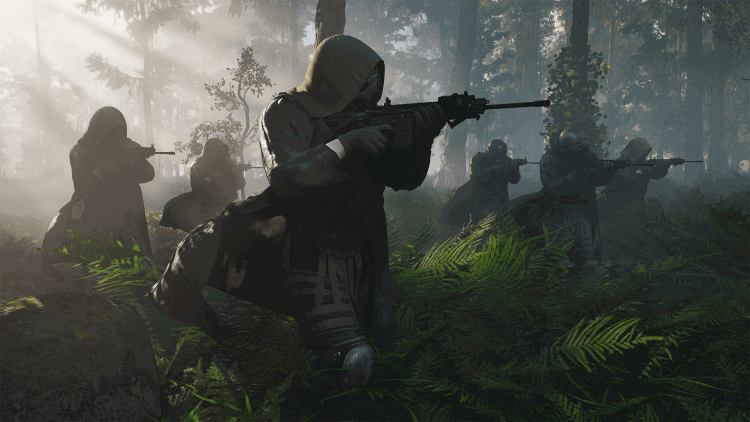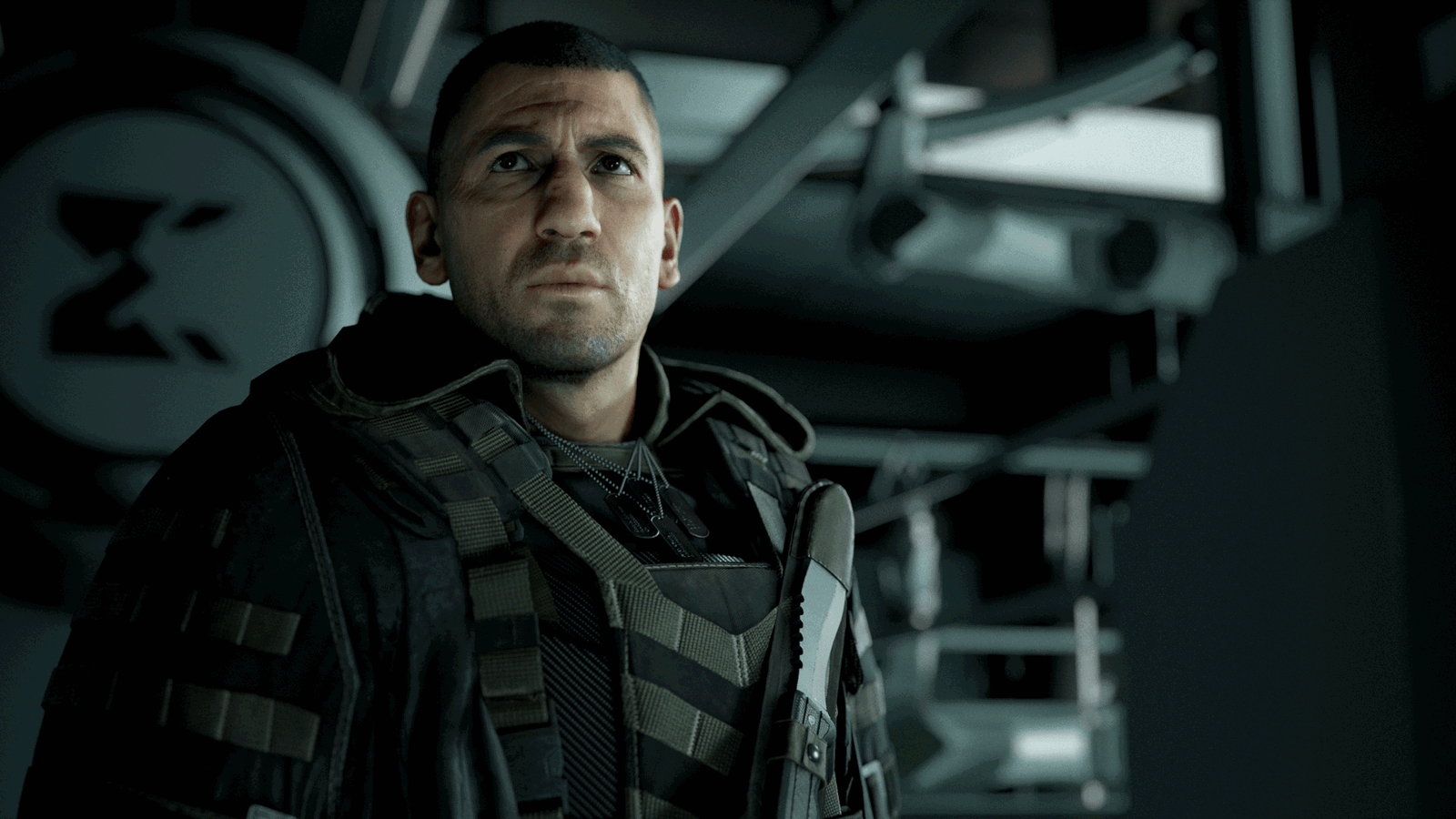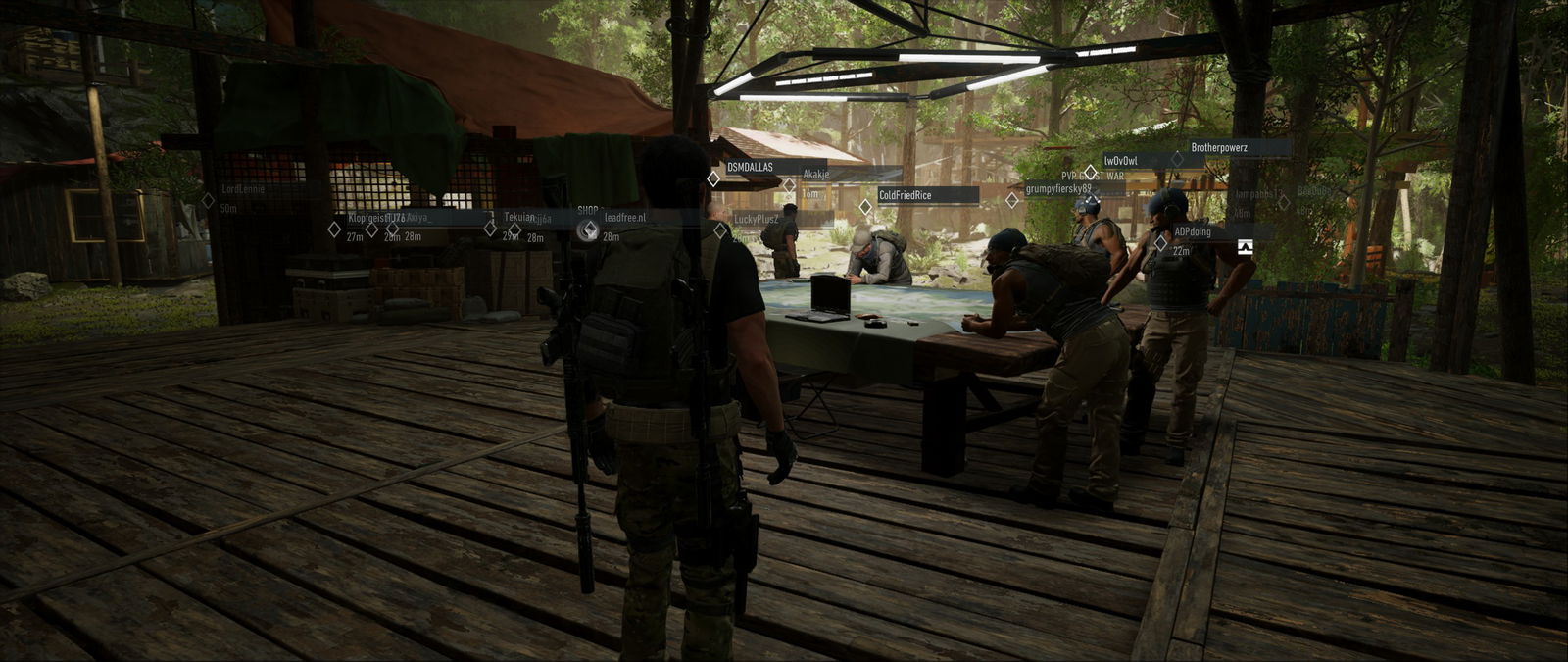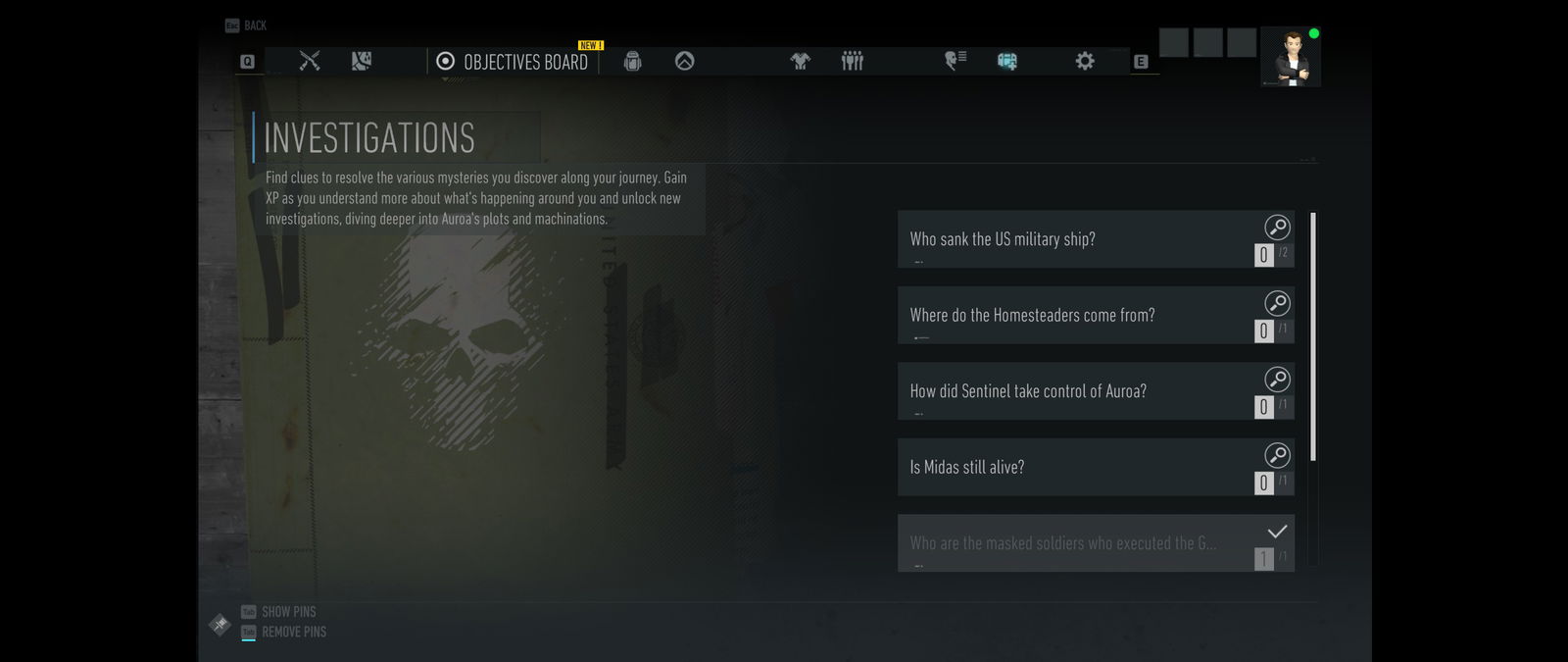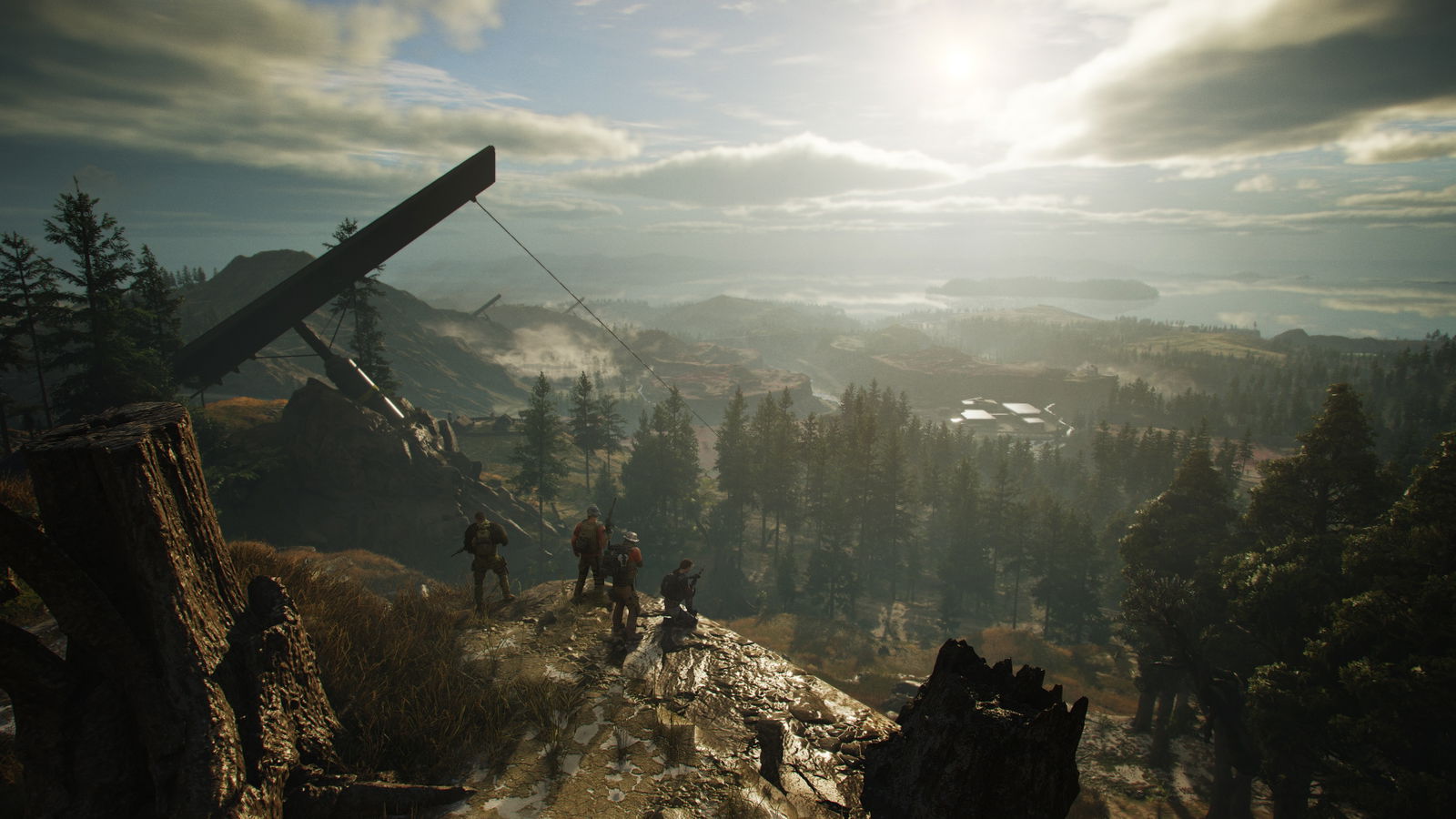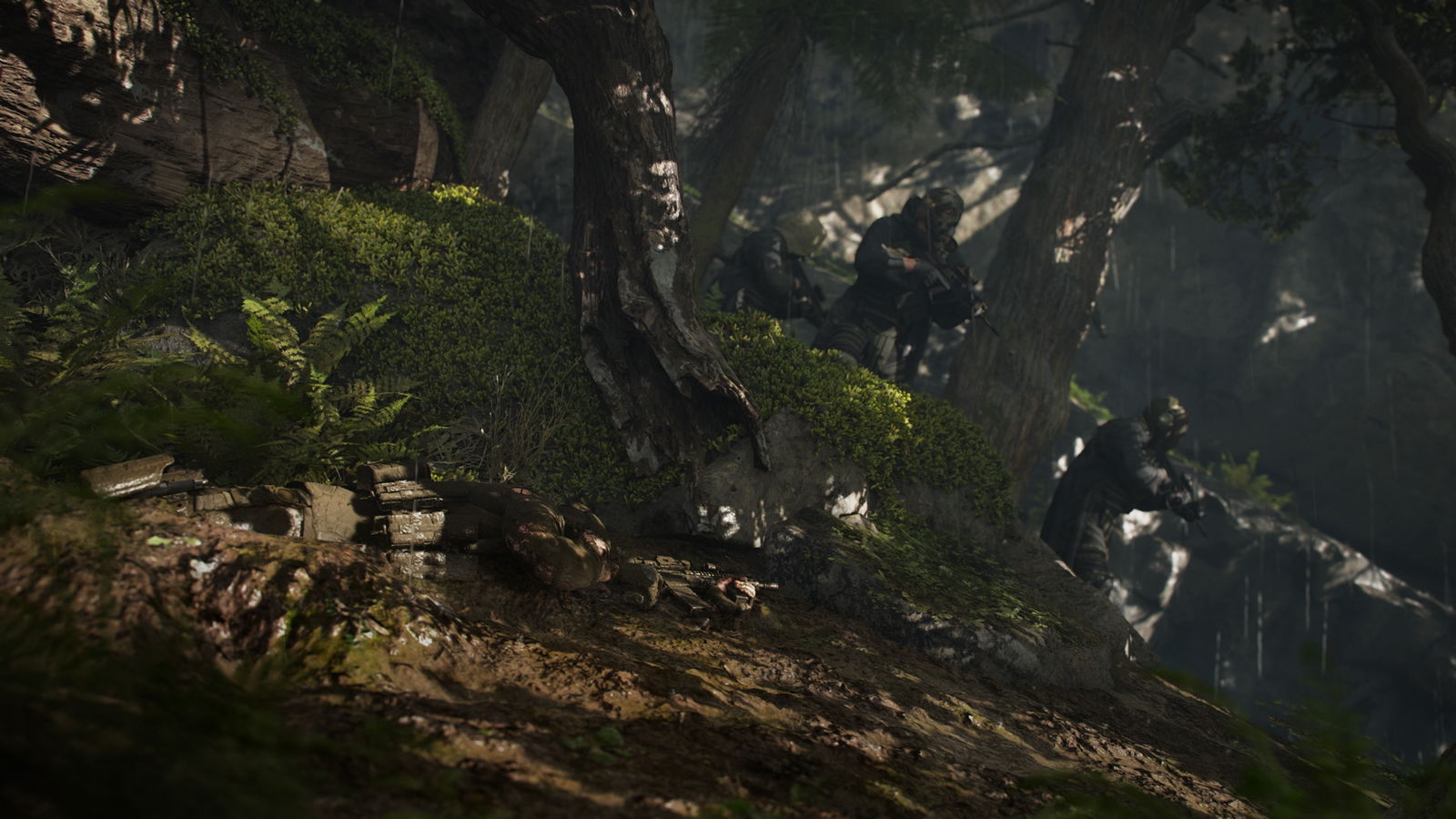In 2017, Tom Clancy’s Ghost Recon Wildlands offered a massive Bolivian backdrop for a pretty standard open-world cooperative third-person shooter. Ghost Recon Breakpoint, the game’s sequel, aims to remedy some of the problems that ailed Wildlands the most, like the lack of direction and a strong central narrative. Now that we’ve finally gotten our hands on the Closed Beta, we’re excited to see more of Ghost Recon Breakpoint.
From the get-go, it’s incredibly apparent that Breakpoint is going for a much different tone than Wildlands. The game opens on a serious note, with a large group of Ghosts investigating an incident involving a Navy ship that was attacked before being attacked themselves, forcing the few remaining survivors to figure out what exactly is going on. The Ghosts are outnumbered and outgunned, hunted by a group of mercenaries known as the Wolves that are armed with high-tech weaponry and an army of drones they’ve commandeered from a company called Skell, which is headquartered in the Auroa archipelago, the very same place where the Ghosts are stranded. On top of all that, the Wolves are led by a former Ghost named Walker (played by Jon Bernthal), who has gone rogue due to a personal vendetta. The stakes are a lot higher this time around, and the story is much more personal than taking down a generic drug cartel.
In the opening hours included in the Closed Beta, Breakpoint is a much more focused experience than Wildlands ever was. There’s a main plot thread with story missions to follow, and these host a wide variety of beautiful locales and, well, characters. I can’t exactly call them likable or interesting yet because the Breakpoint Closed Beta only includes so many scenes, but in the few missions I got to experience, I had already met more characters and seen more story beats than I would have during hours of Wildlands. This is partly due to the game’s social hub area, which serves as a sort of base of operations for the stranded Ghosts as well as a home for the game’s cast of side characters.
Erewhon is a settlement hidden away in a cave that you’ll encounter very early in Ghost Recon Breakpoint. It’s here that you’ll initially regroup with what remains of your unit, and it’s also here that you’ll become acquainted with the Homesteaders. The Homesteaders, led by a former marine named Mads Schulz, live out their lives on Auroa alongside the Skell corporation, but now that the Wolves have begun their hostile takeover, they’ll help out the Ghosts any way they can. At Erewhon, you can meet up and socialize with other players, buy items from the shop, queue up for PvP, and rest to earn limited-time buffs before you venture forth.
A social hub is probably one of the last things you’d expect to find in a Ghost Recon game, but Erewhon isn’t the only trend Breakpoint has adapted from other contemporary titles. While Wildlands had you finding weapons and attachments in specific crates throughout Bolivia, Breakpoint takes that idea and runs with it. This game is pretty much a full-on looter shooter, complete with a gear score system. You’ll find various weapons and armor pieces on corpses and around the game world, each with higher numbers than the last. Enemies have levels now too, and certain foes like the Wolves will be way too strong for you to engage with a low-level arsenal. It’s not as overt as, say, The Division, but the new RPG mechanics and loot give Breakpoint a much different vibe gameplay-wise than its predecessor.
That’s not to say it’s a bad thing, though. I felt that the cycle of infiltrating outposts, completing side missions, and getting better gear was a natural fit for the Far Cry-esque gameplay loop of the newer Ghost Recon games. The leveling system also allows for greatly increased enemy variety, especially moreso than the variations of grunts in Wildlands. Armored enemies, drones, and the Wolves are all different from one another, and some (like the Wolves) should be avoided entirely until later in the game, which can throw a wrench into some strategies and force you to make quick decisions.
These new systems also give you a reason to complete Breakpoint‘s numerous side missions. These side missions come in two major forms: investigations and faction missions. Investigations are the more narrative-focused side missions, focusing on solving the mysteries surrounding the game’s story. Each investigation will be centered around a certain question, such as “Where is X person” or “Why did X person do this,” and there will be clues hidden around Auroa that you have to find in order to get answers. These have traditional rewards like experience and items, but Breakpoint raises so many questions with its opening that tackling investigations is a reward in and of itself.
Faction missions are reminiscent of the rebel ops from Wildlands. A side character will ask you to perform a task out in the open world like rescuing a prisoner or destroying a truck, and you’ll get rewarded with weapons, items, and experience. The faction missions will also level up a battle pass system, complete with seasons and cosmetic rewards, giving another nice bonus for grinding away. These are the more traditional side missions in Breakpoint (aside from the actual side missions, of which there are a handful), and thankfully, you can pick up a ton at once and knock them out as you make your way to more pressing objectives. Think side ops from Metal Gear Solid V, but you can do them on the way instead of purposefully setting out to destroy those tanks for the umpteenth time.
Side content and missions in Ghost Recon Breakpoint are meant to promote player freedom and choice. When you’re not doing a story mission with a concrete objective, the side missions will have basic, open-ended objectives like “destroy this” or “find that” that allow you to let loose and explore Auroa. Breakpoint tries to not hold your hand too often, and this is especially true if you turn guided mode off, which is the intended means of playing Ghost Recon Breakpoint.
If you’ve played Assassin’s Creed Odyssey, you know what I’m talking about. Guided mode is like your traditional open-world game. It’ll place objective markers exactly where you’re supposed to go and tell you exactly what to do in the mission objective. Without guided mode, you’ll only be given directions that nudge you in the direction of your goal, which does a lot to add to the immersion and engagement when out and about in the open world. With guided mode off, rather than placing a marker on an objective, the game might tell you that your objective is in the northeast part of a certain region and you’ll know you’re there if you see a lighthouse. Using your environment and map to navigate yourself is a whole lot more fun than following a waypoint, and I’m glad to see more games are adopting this style of exploration.
Even the combat system, which looks to be a practically cookie-cutter replica of Wildlands, has some subtle but noticeable differences under the hood. Guns feel a bit better to shoot (I wish I could say the same about the driving), and stealth has more to it with the ability to cover yourself with mud while prone. There are a few survival mechanics too, just to hammer home the idea of being lost in enemy territory. Your maximum stamina will lower over time unless you rest at camp or drink from your water canteen, which can thankfully be refilled easily near a water source. Injuries must be tended to with medical supplies like in Metal Gear Solid 3. These small things add up just enough to make Breakpoint feel different from Wildlands, even if only in a subtle manner.
What does make Breakpoint stand out though, are the classes and skills. There are four classes to choose from in Ghost Recon Breakpoint, each with its own specialty. Do you like to snipe from a long distance? Choose sharpshooter! Maybe you like to get in close with suppressed weapons? Try panther! Each caters to a different playstyle, and the buffs are significant enough to be beneficial without being fully overpowered. The panther class can use a smoke bomb to break line of sight and escape sticky situations, but it needs to be recharged between uses. The skills add a layer of depth to Breakpoint‘s combat, but they don’t break the game in any way.
Speaking of breaking the game, I did run into some technical issues during my time with the Breakpoint beta. During cutscenes, the lighting would constantly glitch out, loading and unloading shadows repeatedly. Other times, the depth of field effect would bug out and make the entire screen blurry. Issues like these, paired with poor performance on PC, are common in Breakpoint, and I hope the developers can iron out some of the more serious issues ahead of launch.
Still, I really enjoyed my time with Ghost Recon Breakpoint. Wildlands was painfully mediocre, but Breakpoint seems to have enough bright ideas to actually make it worth seeing through to the end. I want to know where the story goes and I want to see more of the beautiful landscape. I want more, and that’s always a good sign after a beta. Despite some technical rough edges, Ghost Recon Breakpoint is worth checking out, and only time will tell if the systems and mechanics end up as a repetitive chore or if they grow and evolve in compelling ways over the course of the campaign.
Tom Clancy’s Ghost Recon Breakpoint will be released on October 4 for PlayStation 4, Xbox One, and PC. The game will also launch on Google Stadia when the service becomes available in November.


